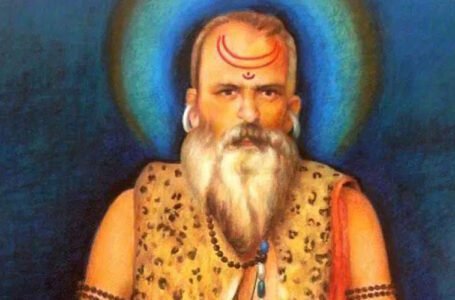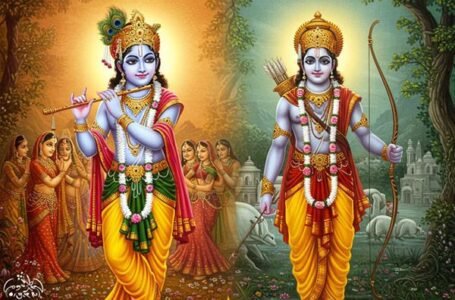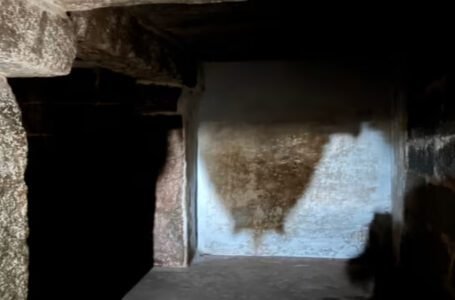The Secrets of Shaivism: Hidden Teachings in The Shiva Purana
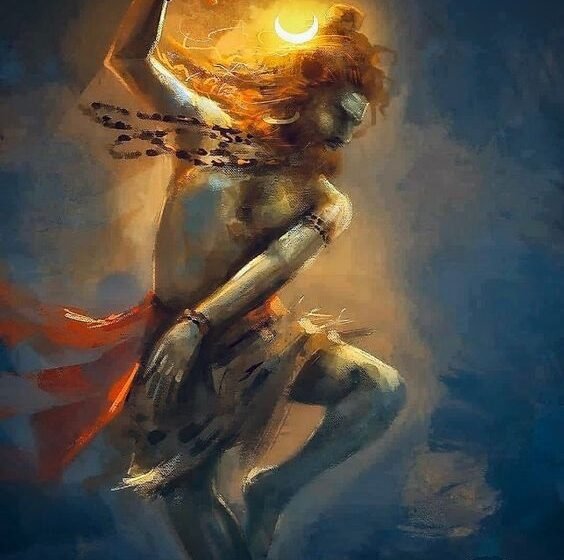
The Shiva Purana stands as one of the most respected and sacred texts within Hindu literature, dedicated to Lord Shiva, the God of destruction and regeneration. This Purana provides a deep narrative of the origins, deeds, and symbolic significance of Shiva. Its narratives extend past mythology and mention elements of devotion, cosmology, and religious philosophy, making it comprehensive and useful for worshippers and academics alike.
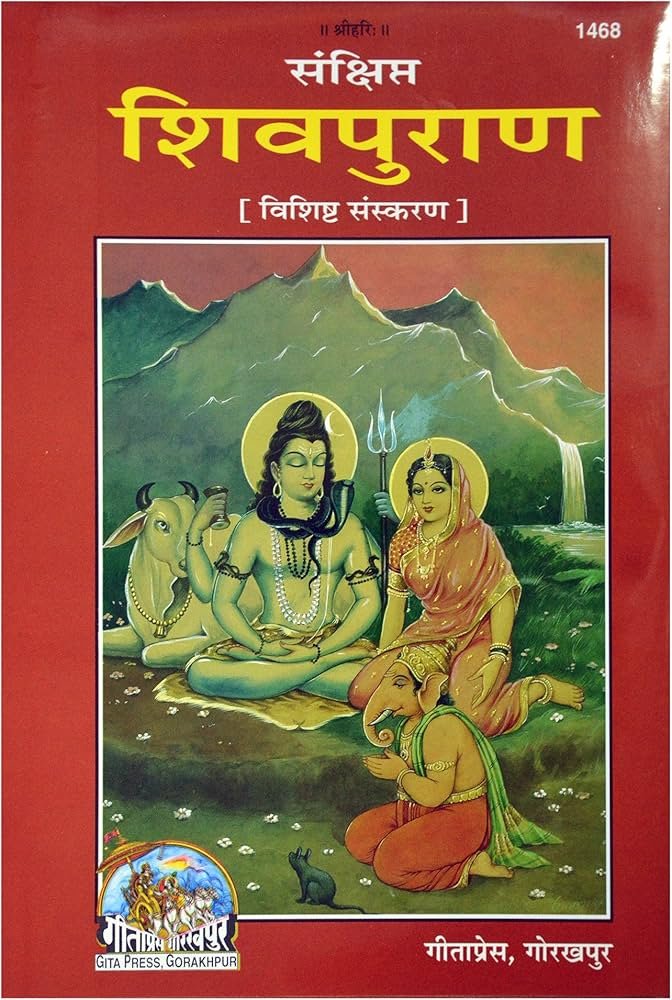
Similar to the way it is extremely difficult to point exactly at the years of composition of most of the religious Hindu texts, the Shiva purana faces a similar issue too. There is a lot of debate surrounding it. Academics which include Klostermaier and Hazra estimate that the oldest chapters inside the surviving manuscripts were possibly composed across 10 and 11th century CE, which had not stood the check of carbon courting technology therefore on that part one ought to rely on the text itself.
There have been several recensions found in this text. The first one consisted of 6 Samhitas while the second had 7 instead. It was found in one of the texts that the original shiva purana actually had 12 Samhitas or sections as we now call them in English.
Mythology
Being an important Hindu text the Shiva purana also consists of several mythological stories that have been passed down through generations and people continue to read about them and draw references to them.
Story of sati
The daughter of King Daksha was devoted to shiva and through penance was able to marry Shiva without her father’s complete approval. Shiva was looked down upon by the king, who thought he was strange and called him derogatory names. The father insulted Shiva and Sati and refused to invite them to a significant yajna. Sati felt enraged about this, realizing she could not stand for her husband to be the target of such an enormous amount of slander. She died through self-immolation. Shiva let loose his wrath on the world upon witnessing his wife in that situation. He did tandav with Sati’s lifeless body and conjured up Kali and Virbhadra. Lord Vishnu had to intervene and utilize his Sudarshan chakra to divide Sati’s body into pieces because his fury was so hazardous for the planet. These fragments fell in what are now known as shaktipeeths.
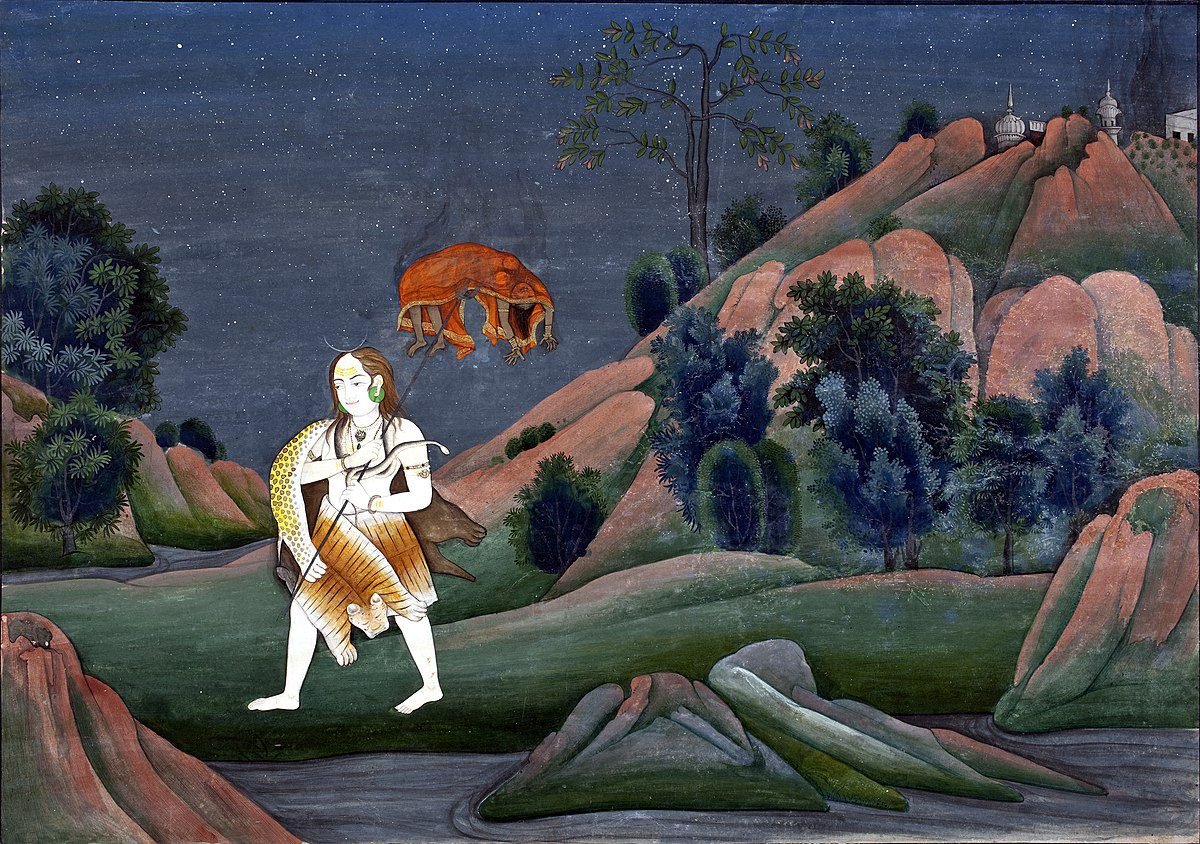
Birth of Mangal (Mars)
This story recounts that after the loss of sati, shiva had gone to the mountains of Kailash to meditate. The legend states that after Lord Shiva sank into a profound state of meditation atop Mount Kailash a drop of sweat from his forehead hit the ground. Mangal was a mighty creature that emerged from this heavenly drop of sweat. The sweat drop turned into a child and began to weep the instant it hit the ground. The earth acquired the shape of a woman, comforting him by holding him in her hands. Shiva told the goddess Earth, “You will be the mother of this red-coloured baby, who will be called Mangal.” He will constantly be close to where you are in the solar system. As the god of Mars, he is associated with the planet’s astrological influence, which governs qualities such as energy, aggression, and conflict.
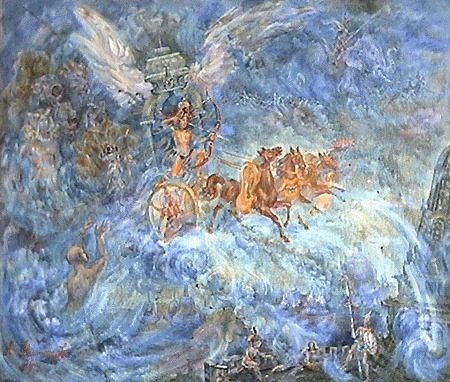
Tarakasura’s terror and end
After a deep penance to Brahma Tarakasura had demanded eternal life. But Brahma clarified that no living thing could be granted immortality because of the laws of creation. Tarakasura wisely requested a separate blessing, stating that the only person who could kill him was a son of Lord Shiva. Since Lord Shiva was then deep in meditation and had lost his first wife, Sati, to a sad accident, he felt that this boon would essentially provide him invincibility. With intervention of gods on witnessing the havoc this fearless demon had caused, Shiva and Parvati got married and had their son Kartikeya who eventually killed Tarakasura.
Ganesha’s birth
Once Parvati had asked Nandi to prevent anyone even shiva himself from entering the chambers while she was bathing but Nandi could not comply. she made the decision to make an idol of a child who was endowed with life and could prevent anyone from entering. when shiva visited the boy did as he was told and refused to let Siva inside. Siva asked the Pramadha ganas to teach the kid a lesson, but they were quickly defeated by Ganesha. Even Siva chose to push His way in, but it was unsuccessful.
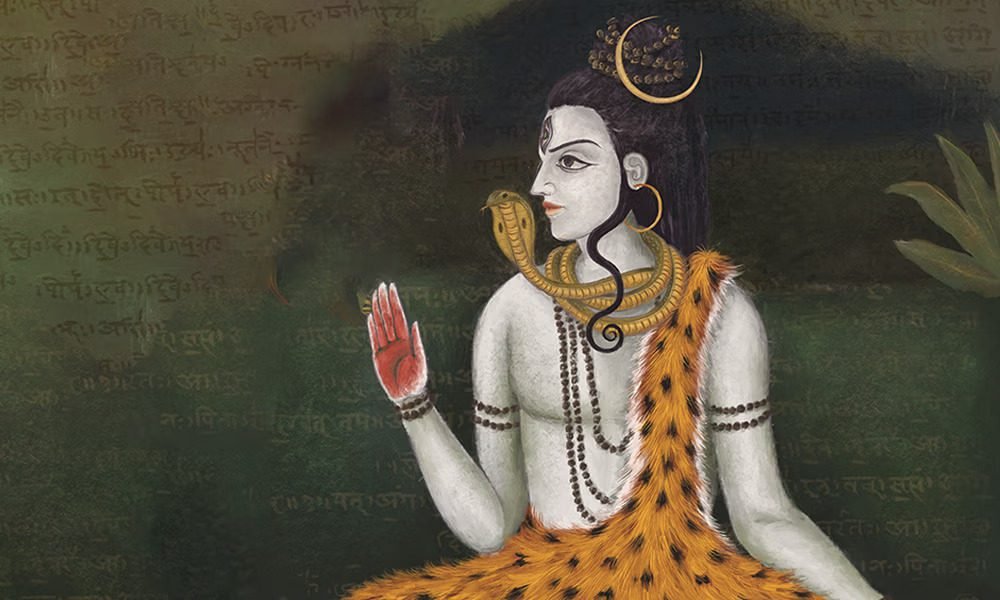
Enraged and feeling disrespected he decided to spilt the boys head away from his body unaware of Parvati’s rage when she will find out about the happening. She insisted on bringing the boy into the world. Siva advised the Sivaganas to find anyone sleeping facing in the north, but they were only able to track down one elephant. The boy’s severed head was joined with the elephants, and he came back to life. He was then known as Ganesha and the assembly of Deities who originally fought with the boy and saw the entire scene previously determined that worshiping him should come first at any celebration in the world. This is one of the reasons Ganesha is known as the god of beginnings.
WORSHIP
The Vidyesvara Samhita, additionally known as Vighnesa Samhita or Vidyasara Samhita, is devoted to describing the greatness and the bhakti of Shiva, specifically via the icon of Linga. the Linga is a symbol of both creation and destruction, reflecting the dual nature of Shiva. It is stated that the proper worship of the Linga results in liberation (moksha) and blessings in each the material and spiritual aspects of life. Devotees offer prayers, perform rituals like Abhishekam (covering the Linga with water, milk, honey, or ghee), and chant mantras like the Maha Mrityunjaya Mantra or “Om Namah Shivaya.”
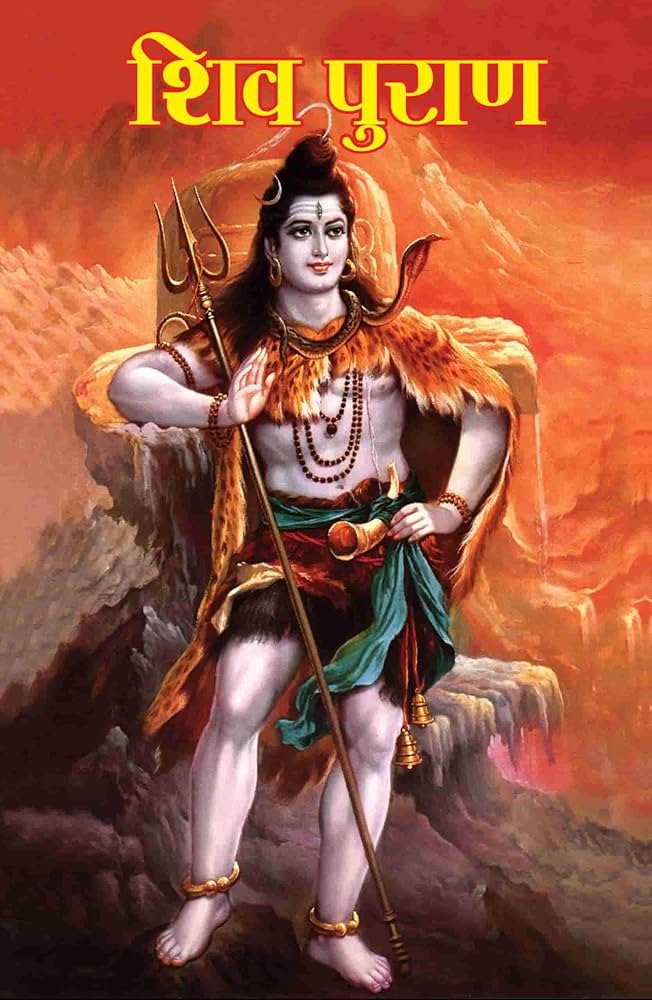
The whole month of Shravan (July-August) is very auspicious for Shiva worship. Every Monday, a day especially devoted to Lord Shiva, is marked by specific rituals performed by devotees. performing daily Abhishekam and making prayers throughout this month will bring great rewards. However, the most significant day is Maha Shivaratri when devotees stay awake all night, fasting, chanting, and performing rituals in honor of Shiva’s tandav, which represents the cycle of creation, preservation, and destruction.
In modern times, the Shiva Purana continues to be revered by millions of devotees around the world. Temples dedicated to Shiva are adorned with depictions of stories from the Purana, and its teachings are frequently referenced in religious practices. The Shiva Purana teaches external rituals while also emphasizing the importance of internal devotion. According to the scriptures, true worship is not just ritual but also devotion, humility and surrender to the divine will of Shiva. Devotees should practice self-control, non-violence, justice, and charity, all of which are considered an essential part of spiritual worship.

There are several mentions of rather complex and scientifically explored concepts that the reader of shiva purana may come across. Sadhguru mentioned “The Shiva Purana is the highest science of elevating human nature to the very peak of consciousness, expressed in the form of very beautiful stories. Yoga has been expressed in the form of a science without stories attached to it, but if you look at it in a deeper sense, yoga and the Shiva Purana cannot be separated. One is for those who like stories, another is for those who are willing to look at everything scientifically, but the fundamentals of both are the same.”
In modern times, the Shiva Purana remains a vital religious and philosophical text for Hindus worldwide. Its teachings continue to be revered in temples, homes, and spiritual circles. The Shiva Purana is hence a lot more than just a simple collection of myths. It allows the readers a profound religious manual that offers a know-how of the cosmic, metaphysical, and moral dimensions of life through the lens of worship of and surrounding Lord Shiva.
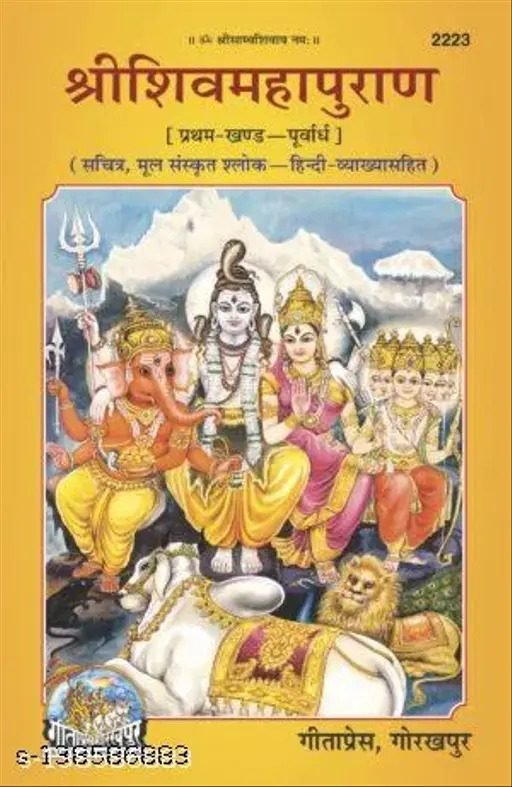
CONCLUSION
the Shiva Purana stands as one of the most significant texts within Hindu and Shaivism mythology, embodying the core beliefs surrounding Lord Shiva and his paramount role in the cosmic order. Its mentions of Sati, the birth of Mars, and Shiva’s cosmic position underscore the interconnectedness of destruction and regeneration, at the same time as its prescribed approaches of worship offer realistic paths to spiritual enlightenment. It is not only important to the worshipers that see shiva at the supreme being and worship only him as a god, it also holds importance to the readers and academics that approach this text with curiosity.
